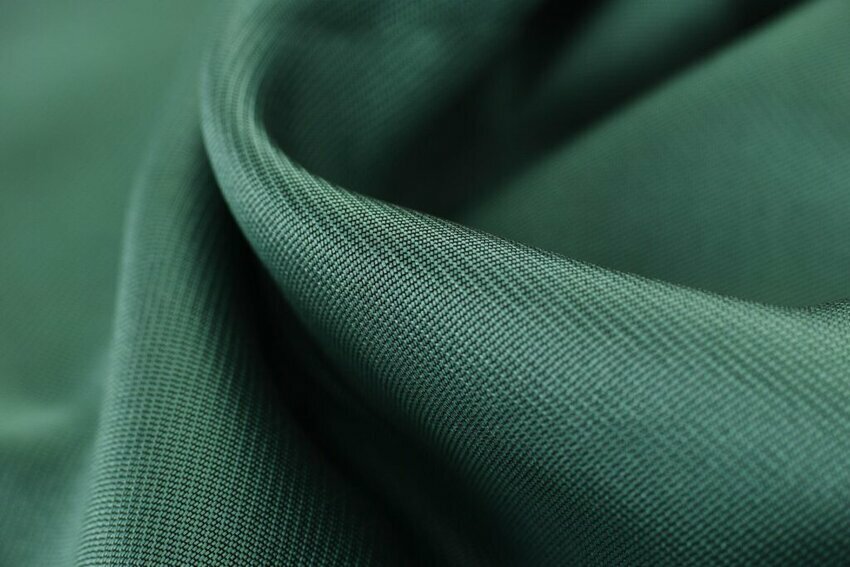 (Credit: Pixabay)
(Credit: Pixabay)More textile brands are seeking to use sustainable and responsibly sourced materials, such as implementing more recycled resources, and a transition to a circularity system could unlock economic and ESG benefits in the industry, according to a report.
The Textile Exchange released its Material Change Insights (MCI) Report 2021, with information on how the industry sources its materials. For the first time, half the participants in the MCI are using preferred materials, which the Textile Exchange says are those that have beneficial sustainability impacts compared with conventional uses.
Of those materials, preferred cotton represents 65% of the overall cotton used by participating brands, and recycled polyester jumped to 32% of that material’s use, up from 21% the previous year. There has also been an increase in the uptake of recycled inputs, according to the Textile Exchange. They currently account for nearly a third of synthetic fibers and 12% of materials overall.
The report finds the increase in recycled materials is overall dominated by non-textiles, especially in plastic packaging waste. Textile Exchange says while short-term the substitution of virgin polyester with recycled materials has merit, there needs to be more of an effort to move from plastic packaging waste to a textile-to-textile share of recycling. The report says textile waste represents 1.49% of recycled materials and 0.18% of textile use overall.
The report says that waste in the textile industry is a problem and keeping products in use longer through reuse, recycling and repair will require a shift in business strategy. Textile Exchange says 35 companies invested a combined $25 million to increase circular practices.
The EPA says textile waste represents 5% of all US landfills, and 15% of post-consumer textile waste is recycled. Using advanced technology and getting rid of pre-consumer waste, such as using digital and 3D technology, is a way to make improvements, according to Textile Exchange.
A 2021 study from the Global Fashion Agenda says technology has the potential to use 75% textile-to-textile recycling in the fashion system. That report also found that an investment of up to $7 billion could make the industry nearly 80% circular.
A Planet Tracker report also says that advancing technologies in areas like wet processing could increase sustainable materials and cut water use by 11% and emissions by 11.5% annually in the textile industry. A digital dyeing platform that was installed by JSRTEX Group in Taiwan was also shown to produce no wastewater and reduce energy use by 85% compared to traditional textile dyeing.
Recycling, though, has helped a reduction in greenhouse gas emissions by the participating MCI brands. Emissions fell by 5% last year, which is the equivalent of saving 1.9 million metric tons of carbon dioxide emissions.
The report also found that circular manufacturing and processing have the potential to make economic as well as sustainable gains. It says the number of items reported through alternative business models rose from 5 million to 6 million from 2019 to 2020, and there were almost 600,000 more items in resale. It says activities such as repair and upcycling also increased.
Other sustainable practices include better land use and linking materials to landscapes that will be needed to track impacts, such as carbon sequestration. Transparency of sourcing also needs to improve, and the report says numbers suggest the knowledge of where materials originated is less than 50%.
Textile Exchange says as the sourcing of recycled materials increases, knowing where waste and secondary inputs came from will be key to monitoring a material’s sustainability.
The organization also surveyed 23 industry leaders who say that eventually using preferred materials won’t be an option. They also say there needs to be more regulation in the industry, and there needs to be a focus on advancing technology and innovation, and continued transitions to circular manufacturing.
A policy group called the American Circular Textiles was recently formed, addressing several of these issues. Those include regulations to tackle the challenges to improve domestic textile recovery, which it says is one of the nation’s fastest-growing waste producers.
The MCI had 292 companies involved in 2021, with 101 new participants. Textile Exchange says 78% of returning companies improved their MCI numbers.